Figure shows a circuit with three ideal batteries in it. The circuit elements h ave the following values
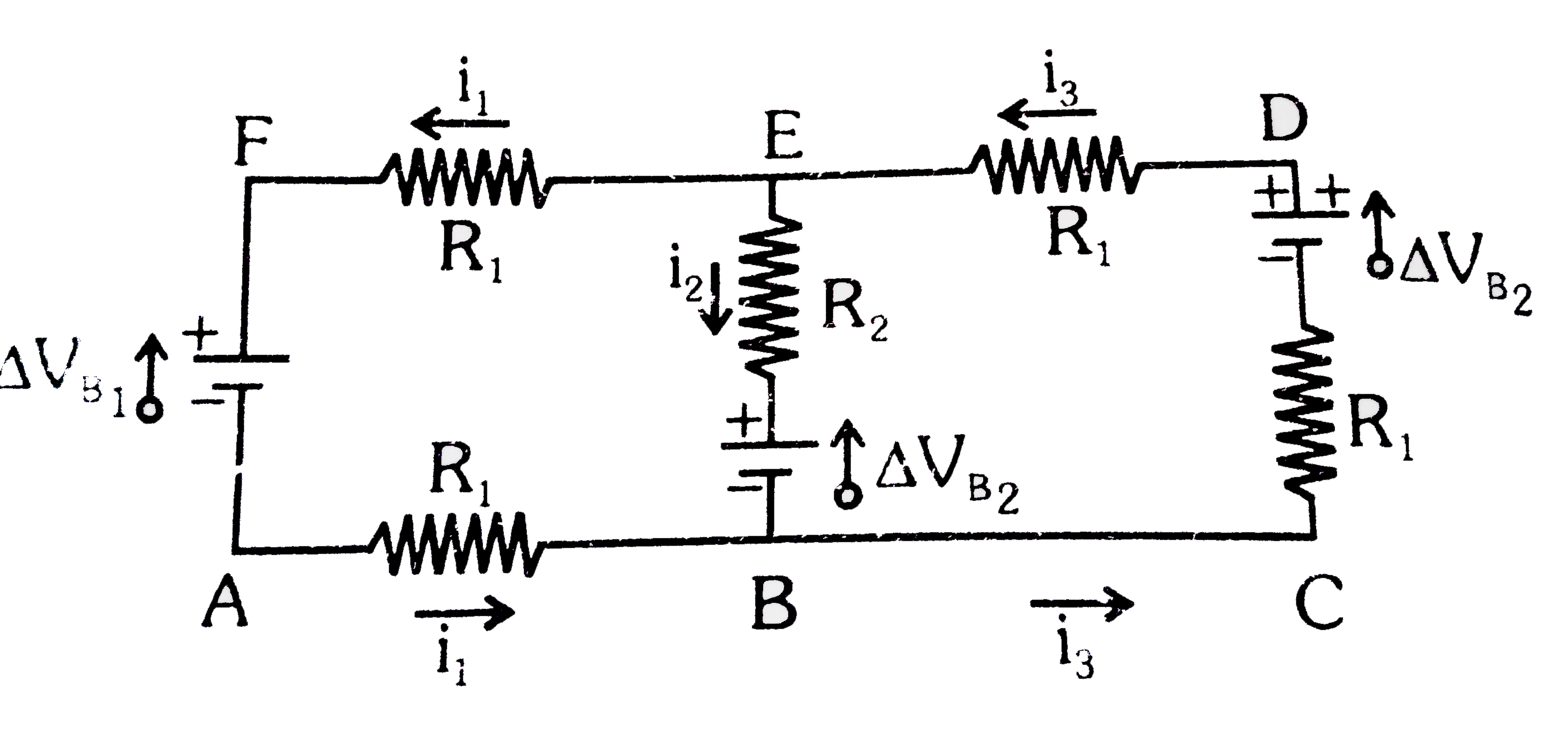
The currents and as shown in the circuit have the values.
0.50A,-0.25A,+0.25A
0.25A,-0.50A,-0.25A
0.50A,0.50A,1.0A
The correct Answer is:1

Applying kirchhoff's first law at junction E, we g-t
Applying kirchhoff's second law for the closed loop
ABEFA, we get
Again, applying kirchhoff's second for the closed loop BCDEB, we get
Solving (i),(ii) and (iii), we get
Similar Questions
Knowledge Check
- Question 1 - Select One
In the circuit shown, the value of currents I1,I2andI3 are
 A3A,−3A2A,92AB92A,−32AC5A,4A,−3AD7A,54A,92A
A3A,−3A2A,92AB92A,−32AC5A,4A,−3AD7A,54A,92A
In the circuit shown below E1=4.0V,R1=2Ω,E2=6.0V,R2=4Ω and R3=2Ω. The current I1 is
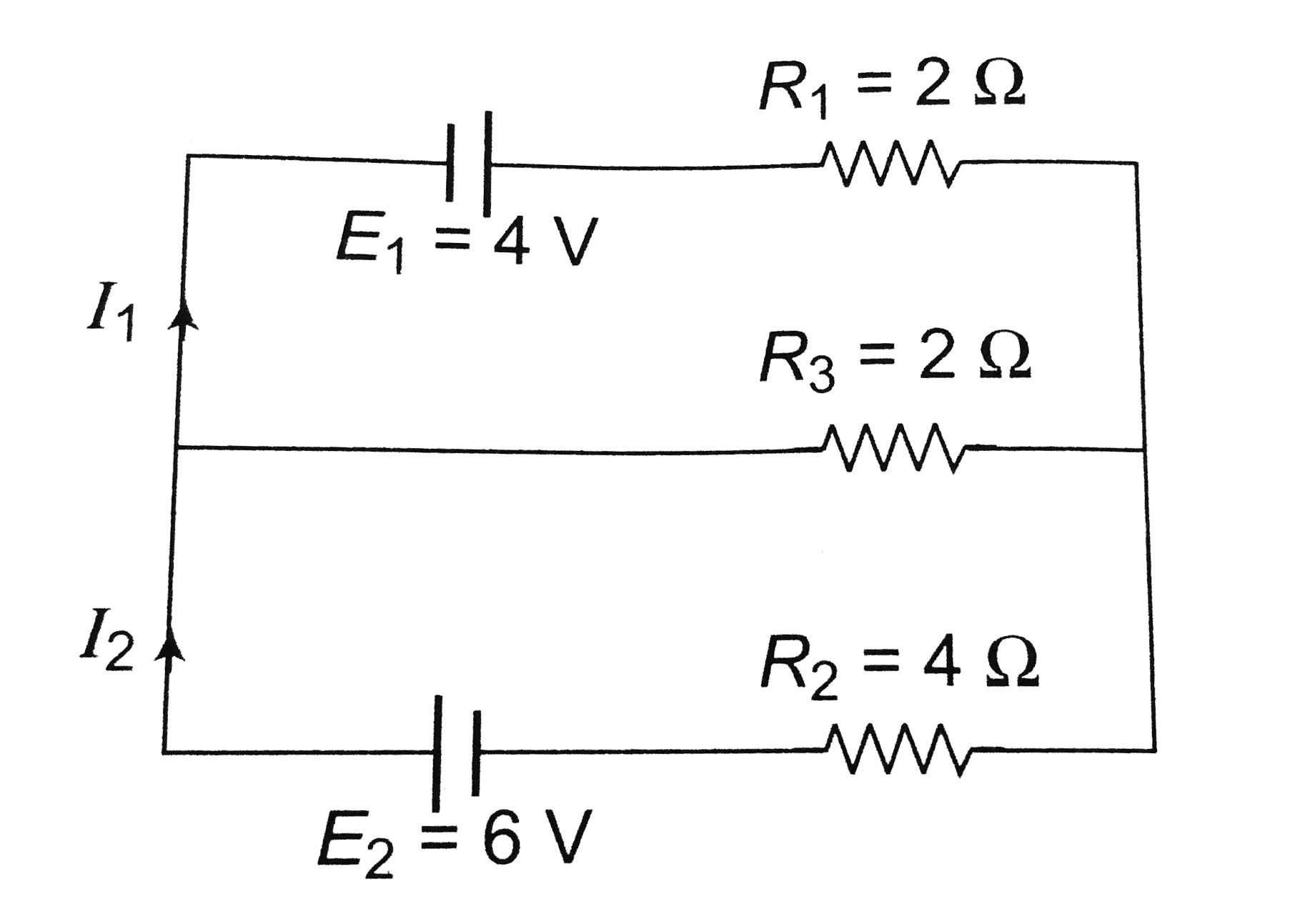 View Solution
View SolutionThe current I1 (in A) flowing through 3Ω resistor in the following circuit is:
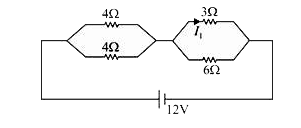 View Solution
View Solution

In the circuit shown in figure. ε1=3,ε2=2,ε3=6V,R1=2,R4=6Ω,R3=2,R2=4ΩandC=5μF. Find the current in the resistor R3 and the electrical energy stored in the capacitor C.View SolutionFor the circuit shown E=50 V R1=10Ω,R2=20Ω,R3=30Ω L = 2.0 mH . The current through R1 and R2 are ________ . immediate after the switch is closed.
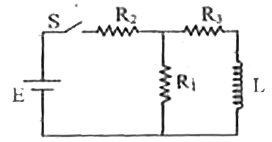 View Solution
View SolutionIn the circuit shown, E1=7V,E2=7V,R1=R2=1Ω and R3=3Ω respectively. The current through the resistance R3
 View Solution
View SolutionIn the circuit shown, E1=7V,E2=7V,R1=R2=1Ω and R3=3Ω respectively. The current through the resistance R3
 View Solution
View SolutionIn the circuit shown, the switch is closed at t=0, the currents I1,I2 and I3 are
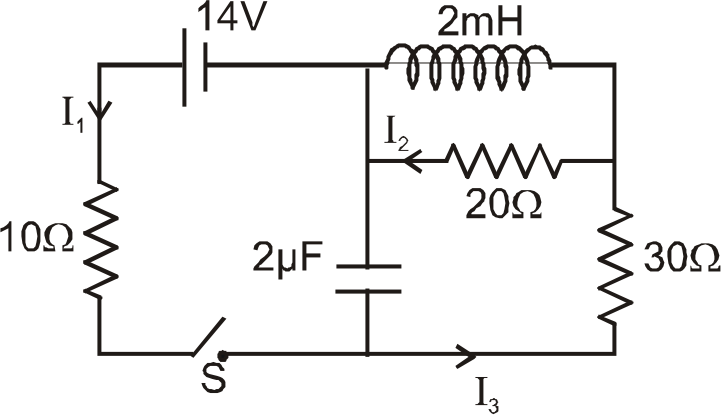 View Solution
View Solution


